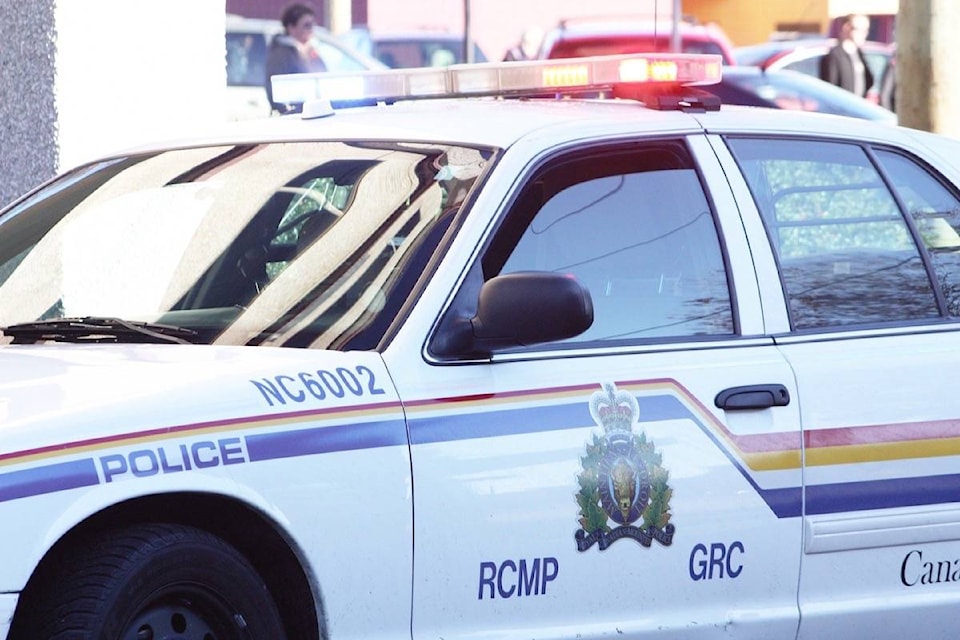By Tim Schewe
The Combined Forces Special Enforcement Unit was in the news this week, probably not in the way they would have liked. You may have seen the dash cam videos from Richmond showing a number of vehicles apparently brazenly running red lights. The story hit the news amid amazed comments about how bad drivers were becoming in the Lower Mainland. In later days it was revealed that these were unmarked police vehicles doing surveillance on gang targets.
Is it legal for the police to drive like this? The answer is a qualified yes.
When I started policing in 1981, section 122 of the Motor Vehicle Act gave the operators of emergency vehicles the authority to disregard the rules in Part 3. This part contains the rules on speed, stopping and lane use to mention a few examples.
Fire apparatus and ambulances were required to use flashing lights and a siren in all circumstances and the police could use lights and siren, lights alone or no emergency equipment at all depending on the circumstances. In all cases, due regard for the situation must be continuously considered.
In early 1998, section 122 was amended to require adherence to the Emergency Vehicle Driving Regulation when disregarding Part 3 requirements. With that change came mandatory training for emergency vehicle drivers before they could exercise these privileges.
The regulation defined in much more detail what could and could not be done along with justification needed to do so. It particularly restricted pursuit by police and loosened response requirements for fire and ambulance.
In all cases, the risk to the public using the highway must be outweighed by the risk of not making an emergency response.
Returning to the story from Richmond, this was not a pursuit as defined in the EVDR. It was a situation covered by section 4(2)(b) instead and is permitted as long as the public was not subject to unwarranted risk.
In the limited view provided by the dash cam videos that were shared, I did not see more than what would cause some surprise and consternation for surrounding traffic. There were no instances shown were civilian drivers had to slam on the brakes or make abrupt moves to avoid a collision.
I am not going to say that there was not a higher than normal risk present for everyone involved. There was, but it appeared to me that care was exercised to minimize it.
In order not to jeopardize the investigation, it may be some time before the reasons for this incident can be shared with the public.
Also, considering the wide publicity given to this incident, I don’t doubt that police are actively trying to find a better way to follow their criminal targets. I can’t think of a better way to confirm to the bad guys that they are under investigation than incidents like this.
Tim Schewe is a retired constable with many years of traffic law enforcement. To comment or learn more, please visit DriveSmartBC.ca
